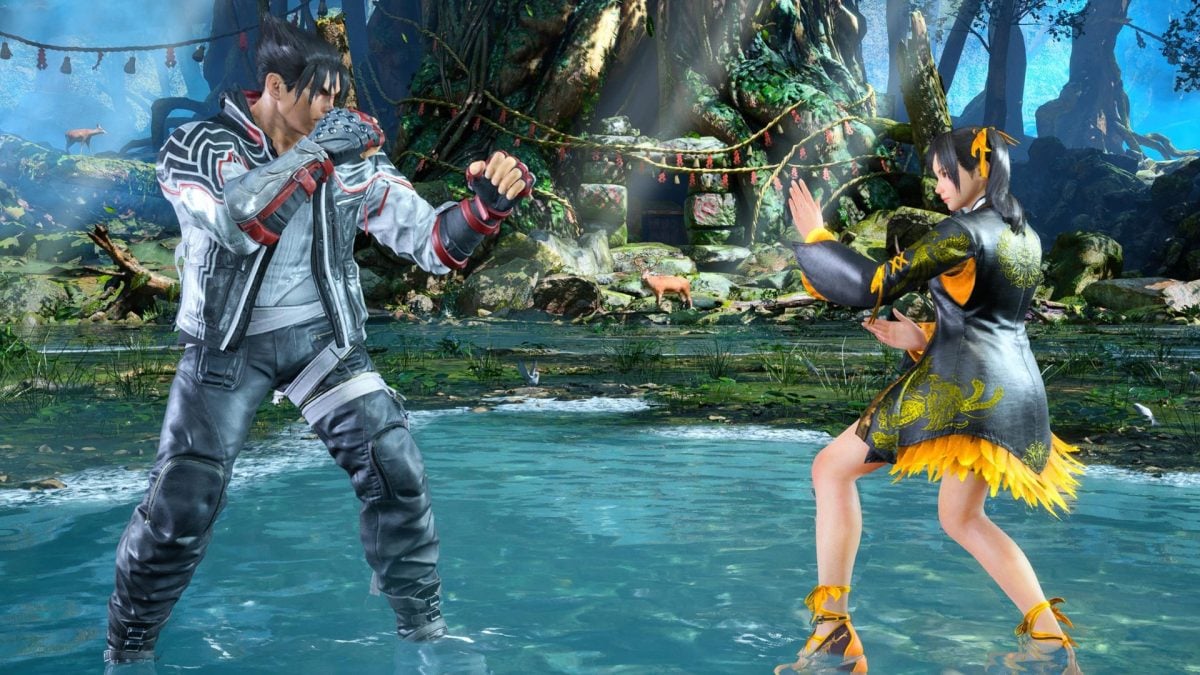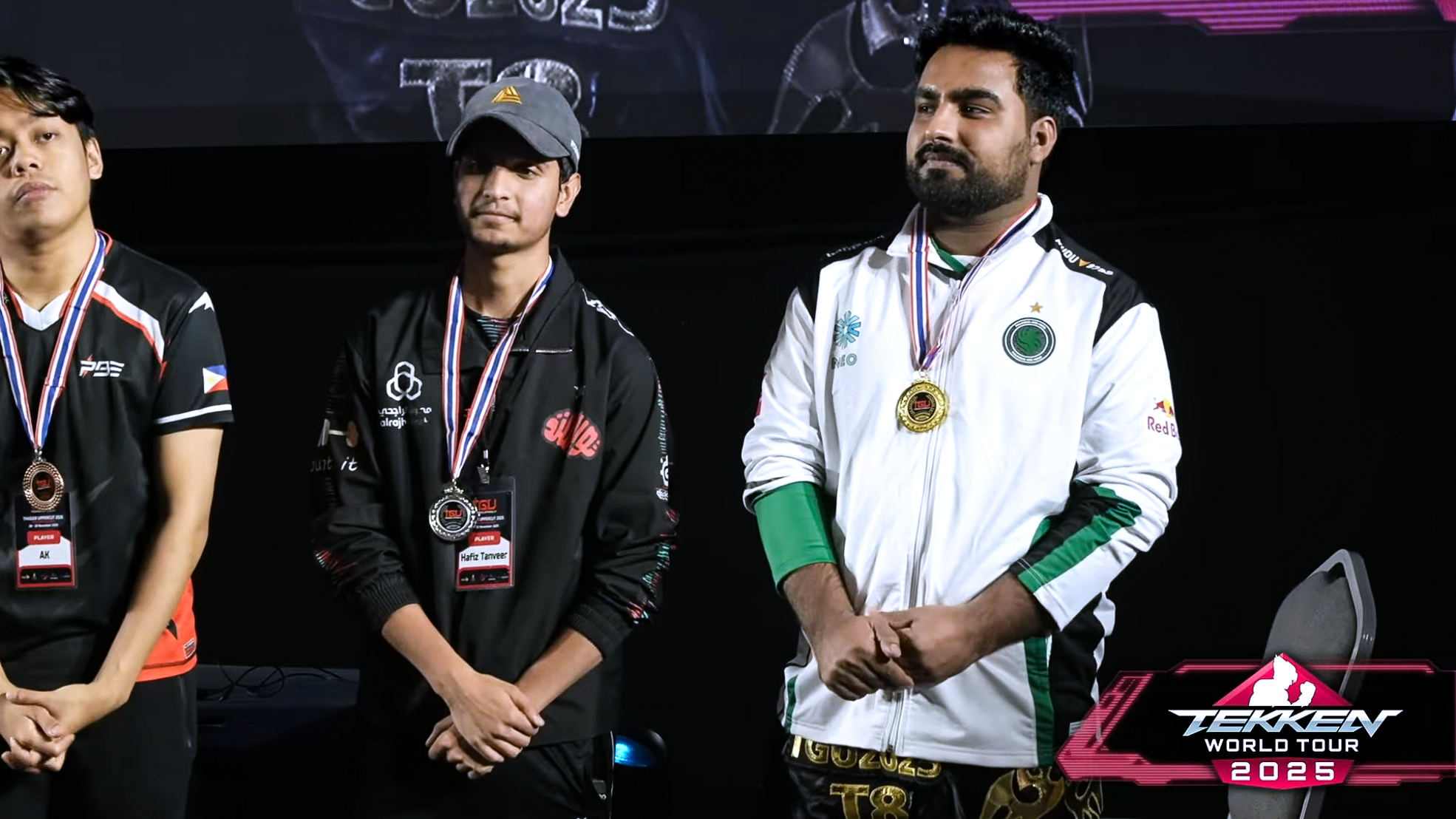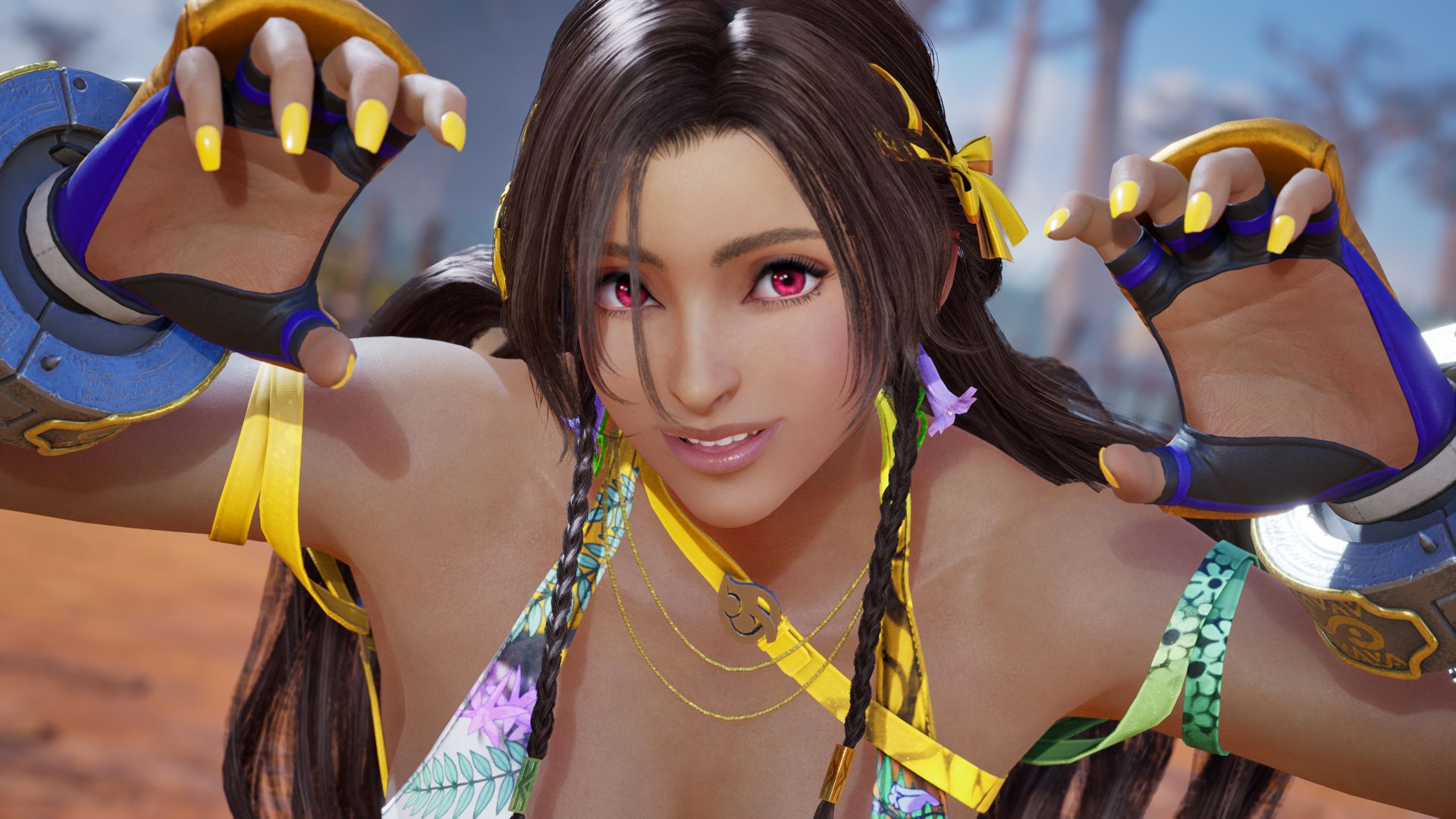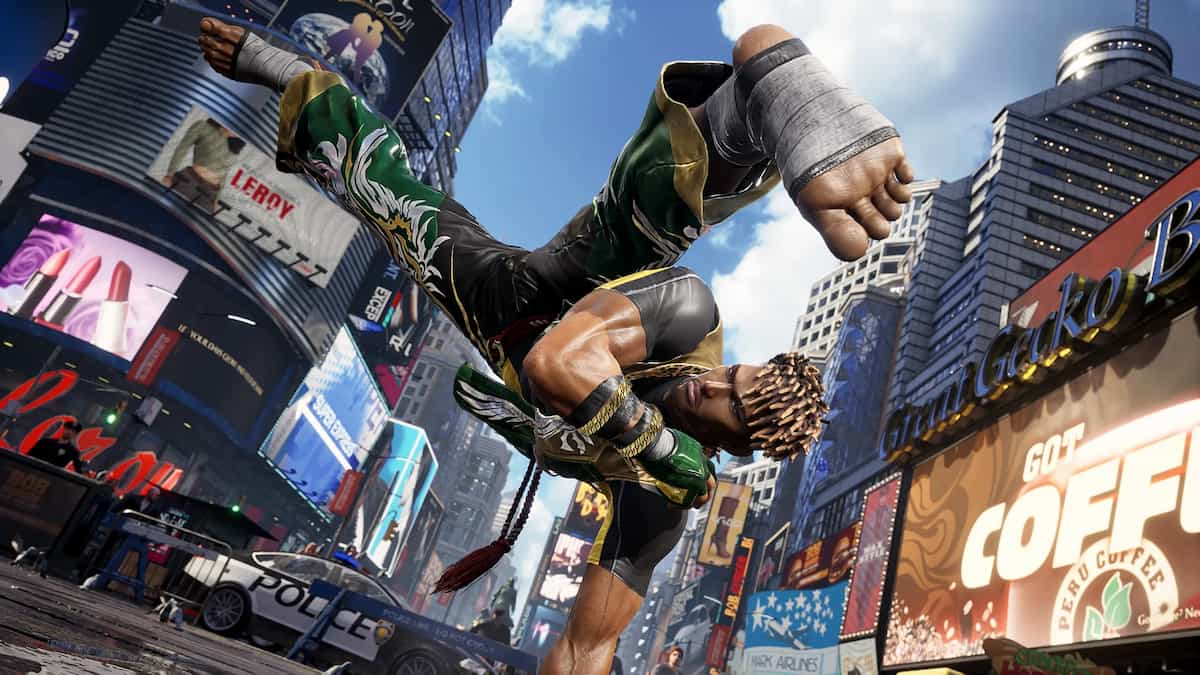Are you a Tekken fan who loves duking it out with other fighters? Are you also a Tekken fan who’s confused about all the strange algebra-like language players use when they talk about characters’ moves and combos? Well, you’re not alone.
This language is referred to as “move notation” in the Tekken series, and if you’re looking to have everything explained to you in a way that’s simple and easy to grasp, our guide to Tekken 8 move notation will help you out.
What is move notation in Tekken 8?

Tekken’s move notation is a standardized way to represent inputs for moves and combos in the Tekken series. It helps players communicate and understand the required joystick and button inputs without having to spell out every detail, especially in Tekken 8 group matches.
Directional inputs
- f – Tap the joystick/d-pad forward (toward the opponent).
- b – Tap the joystick/d-pad backward (away from the opponent).
- u – Tap the joystick/d-pad upward.
- d – Tap the joystick/d-pad downward.
- df – Tap the joystick/d-pad diagonally down and forward.
- db – Tap the joystick/d-pad diagonally down and backward.
- uf – Tap the joystick/d-pad diagonally up and forward.
- ub – Tap the joystick/d-pad diagonally up and backward.
Button inputs
- 1 – Left punch (LP) – Typically the leftmost attack button.
- 2 – Right punch (RP) – Typically the rightmost attack button.
- 3 – Left kick (LK) – Typically the leftmost kick button.
- 4 – Right kick (RK) – Typically the rightmost kick button.
Input combinations
- , (comma) – Indicates a sequence of inputs to be performed one after the other.
- + (plus) – Indicates simultaneous input. For example, 1+2 means pressing both the left punch and right punch buttons together.
- ~ (tilde) – Indicates that the two inputs should be performed very quickly, almost (but not quite) simultaneously.
- ( ) – Indicates optional inputs. For example, (d/f+2) means you can do a downward-forward motion and then press the right punch button.
- [ ] – Used to provide additional but crucial information.
Modifiers
- N – Neutral. For example, N 1 means “tap the left punch button while in a neutral position.”
- SS – Sidestep. Indicates that you should perform a sidestep in the specified direction before or during the move.
- HCF/HCB – Performing either a half-circle forward or a half-circle backward, respectively.
- QCF/QCB – Performing either a quarter-circle forward or a quarter-circle backward, respectively.
Now that we’ve covered all the Tekken move notation, here’s an example: “f+2” means you should tap the joystick/d-pad forward and press the right punch button simultaneously.
Understanding Tekken notation is crucial for effectively communicating and executing moves and combos. It becomes particularly handy when discussing strategies for every character in Tekken 8, sharing combo notations, or achieving Tekken 8’s increasingly difficult endings. Now, you’re ready to kick some butt in Tekken 8 while also understanding the nitty-gritty.












Published: Jan 31, 2024 10:56 am